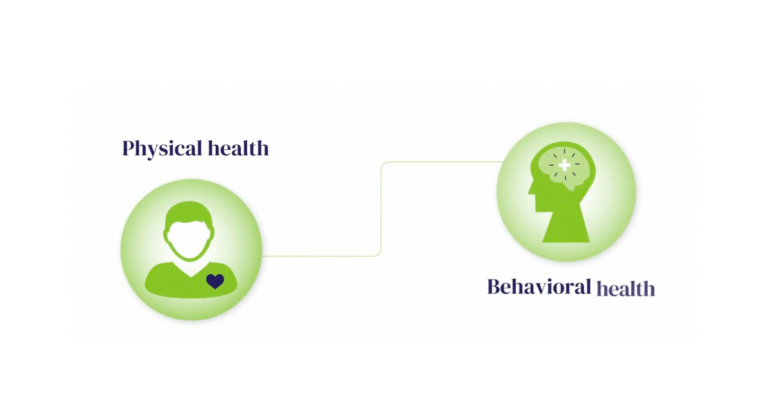Visiting Nurse Association Health Group (VNA Health Group) is a provider of post-acute and community-based health care. As the largest provider of home health, visiting physicians, hospice and community-based care in New Jersey, VNA Health Group is one of the most trusted organizations for both the providers and families it serves. We sat down with Alex Binder, Vice President at VNA’s Visiting Physician Services (VPS). VPS provides enhanced and specialized care to patients through the delivery of home-based, primary care services. In this installment of our Four Questions Series, Alex shares his insights on care coordination and the shift to value-based care.
What challenges has your organization faced in the transition to value-based care?
Writer William Gibson once said, “The future is already here — it’s just not very evenly distributed.” I think this phrase can be applied to value-based care. From an internal perspective, we are wading through unknown territory as we shift from “transactional care” to a patient-specific, longitudinal care process. Therefore, we are changing the way we monitor, manage, and treat our patients. Finding the right mix of resources to deliver at the appropriate time, will take some trial and error. From an external perspective, we’re still wrestling with the inertia of fee-for-service. Since every hospital, specialist, and facility are at a different stage of value-based care, we still see “volume-focused” activities that can conflict with our initiatives. We understand that this will be an evolution and not a revolution.
Why is care coordination more important now than ever before?
While care coordination is critically important, it’s also highly elusive. Collaboration and coordination that ultimately results in concurrence – among disassociated resources – isn’t always efficient or possible. The challenge is trying to determine when the inclusion of more resources with which to coordinate and communicate will result in cost-efficient, improved outcomes. We feel that small groups of clinicians with allied caregivers, who are all part of the same team and hold the same philosophy, is a more realistic and viable model. A primary care physician (PCP) who takes ownership of the vast majority of their patients and utilizes aligned resources when necessary should be rewarded for their pragmatism, versus the pursuit of idealistic care via blissful expensive harmony.
What insights do you have now that you lacked prior to implementing Pings?
Have you ever tried to drive your car with your eyes closed while your passenger gave directions? I hope not. At Visiting Physician Services, we care for elderly, frail, and homebound patients via house calls. Many times, there’s a high probability that these patients can experience an exacerbation. When they do, they sometimes panic and call 911, which lands them back in the hospital despite our best efforts. Locating these patients through PatientPing (Pings), and having the opportunity to coordinate care upon discharge, is critically important. PatientPing (Pings) has increased the amount of information we had on our patients tenfold, which allows us to identify and manage our high-utilizing patients.
-
How has Pings helped you help a patient?
We recently identified a patient who had been going to the ED every six to eight weeks due to advanced dementia. When we reached out to this patient, her caregiver informed us that the patient occasionally became disoriented and dehydrated. As a result, the caregiver would take the patient to the hospital for a “tune-up”. Sadly, this pattern had been going on for over a year, but we were never notified on the patient’s event, and therefore couldn’t intervene. Once we implemented PatientPing (Pings), we became aware, and now call this patient’s caregiver every Friday to check up on the patient. We were also able to instruct the caregiver to call us whenever there is a change in the patient’s emotional/physical status so that we can send out our nurse practitioner to avoid any potential hospital admissions. Since performing outreach four months ago, the patient hasn’t been back to the hospital.
Thanks so much, Alex! For more information about how Pings can enhance your care coordination efforts, contact us.



